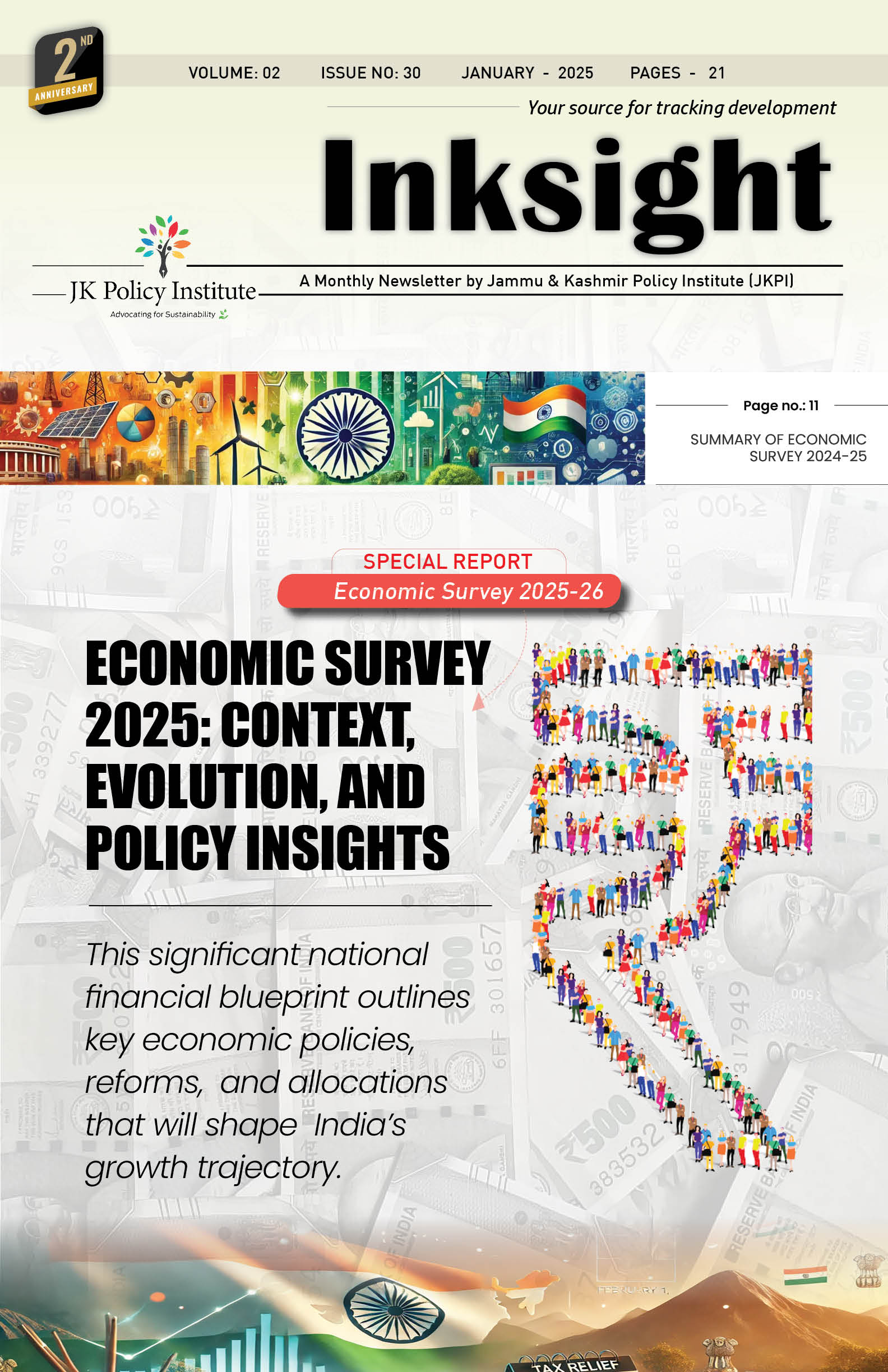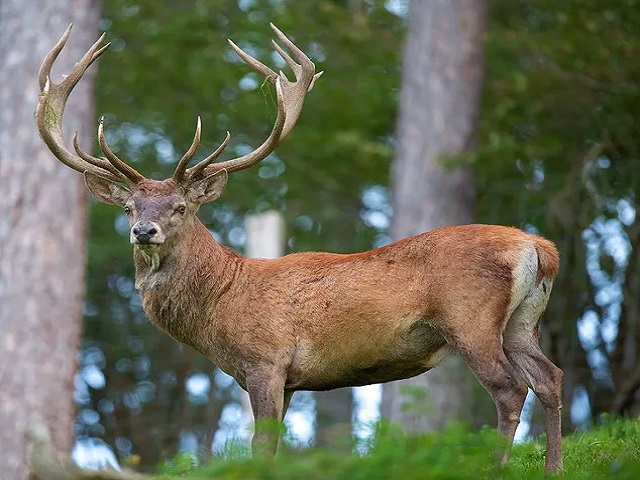Humans have substantially changed a staggering 75% of our planet’s ice-free land surface while wildlife populations have decreased by an average of 68% in just four decades. The leading cause behind this devastating decline – is human consumption! According to the Living Planet Report 2020, using the data from 20,811 populations of 4,392 species of mammals, birds, fish, reptiles, and amphibians, the index shows an average 68% decline in monitored populations between 1970 and 2016. Latin America and the Caribbean were found to be the worst-hit regions with an average drop of 94%.
The article presents a sobering account of unprecedented land transformation that has resulted in the destruction of natural habitats and ecosystems, leading to a devastating decline in wildlife populations, which have decreased by a staggering average of 68%.
Ecosystem destruction leading to extinction
Ecosystem destruction threatens over 1 million species of animals and plants, and insects, with evident extinction in the forthcoming decades and centuries, according to the World Wildlife Fund (WWF).
The WWF report claims that such abrupt wildlife population declines our planet has witnessed in recent decades have not been seen for millions of years. The over-exploitation of wildlife, conversion of grassland, savannah, forest, and wetland habitats, the introduction of non-native species, and climate change are the key drivers of this decline.
Conclusive data has shown that 85% of global wetlands have been lost since the Industrial Revolution. Freshwater biodiversity is declining rapidly as well. Each year since 1970, monitored populations of freshwater birds, reptiles, mammals, amphibians, and fishes have decreased by an average of 4%.
Human activity – the main driver of population decline
Population decline is indicative of the Earth’s ability to support life. By the time the species is on the edge of extinction, it no longer is serving its ecological function.
The main driver of species decline is habitat destruction from expanding agricultural production. Distinct declines in freshwater ecosystems are seen largely because of the way humans dam rivers and the use of freshwater resources for producing food to feed a growing population of people.
To fuel our modern lifestyles, we are overusing the planet’s biocapacity by at least 56%. However this biodiversity loss, coincidentally, threatens the world’s food security.
While climate change is not yet the biggest cause of biodiversity loss, in the future, it will become a key driver of species decline unless world leaders take urgent action.
Habitat destruction could lead to more pandemics
Scientists have warned that further destruction of our planet would spell disaster.
Humans are converting rainforests to agricultural land for feeding a growing planet. The increasing demand for food, in general, and animal protein, in particular, has led to such massive conversions. However, in the process of forest fragmentation, humans are subjecting tropical forests’ wildlife to poaching for sale in the worldwide market, thus exposing everyone to an array of novel, never-seen-before diseases.
It must be known that the longer the wild stays in supply chains with humans, the greater the risk of spillover of zoonotic diseases.
India’s status as a mega-diverse country
With only 2.5% of the world’s landmass, India has 8% of the world’s recorded biodiversity. However, our country is among the nations most threatened by biodiversity loss.
The State of India’s Birds Report 2020 – which analyzed data from 15,000 birdwatchers on the eBird platform – measured the abundance and distribution of 867 bird species. It concluded that of the 261 species, for which long-term trends could be determined, 52% have declined since 2000, with 22% declining strongly. Overall, 43% showcased a long-term trend that was stable while just 5% showed an increasing trend.
Vulture and eagle numbers have waned, and so have several neglected species like the Finn’s Weaver. In two decades, Finn’s Weaver populations have dropped by as much as 94% in Uttarakhand. According to the IUCN Red List, in five years, since 2015, the number of bird species at high risk of extinction in India shot up from 82 to 101.
On the other end, a massive decline in the population of Kashmir’s iconic wildlife species, the Hangul (Cervus hanglu hanglu), continues to be a big concern. Conservation efforts, which had been going on for years, have not rendered any significant results so far. The biggest challenges identified in the way of conservation and population growth of Hangul are habitat fragmentation, human intervention, predation, and a very low fawn-female ratio.
Monitoring wildlife
Based on their threat status, endangered species are indexed under the Wildlife (Protection) Act 1972 in various schedules. Schedule I species are granted the highest degree of protection.
There are 159 species of freshwater fish threatened by extinction in India, none of them listed under the Wildlife Protection Act. A total of 180 species found in the country are critically endangered today, again many of these not recorded in the Act. Thus, the law doesn’t outline what needs to be done to revive the species.
Sri Lanka and Bangladesh have, under the guidance of the IUCN, established national red lists to monitor the status of their flora and fauna. India had plans of doing a country-level assessment, but these have not been done so far.
Biodiversity crisis in India
International reports have ascertained that the destruction of wildlife habitats – forests, grasslands, rivers, wetlands – for dams, mining, industry, and agriculture is the most significant factor in decreasing wildlife numbers.
Our country has lost 90% of the area under its four biodiversity hot spots. The Indo-Burma hot spot is the worst hit. The area under vegetation has been reduced from 2,373,057 sq km to a mere 118,653 sq km, a loss of a whopping 95%.
Almost 25 species have gone extinct in these hot spots. The International Union for Conservation of Nature’s Red List observes 1,212 animal species in India. It proclaims that over 12% of them are endangered. Of the 148 endangered species, 69 are mammals, 456 amphibians and 23 reptiles.
In addition, out of the 8,664 species that the IUCN Red List has listed in the country, about 13% are considered at high risk for extinction in the wild. Yet, India continues to unlock protected landscapes at a rapid rate.
Since 2015, India’s environment ministry approved the felling of about 11 million trees for infrastructure projects. Between January 2019 and August 2020, the National Board for Wildlife cleared more than 692 hectares of inviolate wildlife sanctuaries to lay railroads, build highways, install mines, and launch industries. The clearances were illegal and violated the Wildlife Protection Act, which only permits encroachments beneficial to wildlife.
A majority of global GDP, about $42 trillion, is dependent on high-functioning ecosystems. The assessment was done by Swiss Re, a global insurance firm. It argued that a fifth of the world’s countries are at risk of biodiversity collapse. And it put India at the top – among the highest-risk nations.
Recommendations
Promote Sustainable Consumption: Encourage individuals and communities to adopt sustainable consumption habits, such as reducing meat consumption, buying locally sourced products, and opting for eco-friendly alternatives to minimize their ecological footprint.
Support Conservation Efforts: Advocate for increased funding and support for conservation organizations and initiatives that aim to protect and restore natural habitats, ensuring the survival of wildlife populations and their ecosystems.
Implement Stronger Environmental Policies: Urge governments to enact and enforce stringent environmental policies that regulate land use, deforestation, and wildlife protection. Collaborate with international bodies to tackle global environmental challenges collectively.
Raise Awareness: Utilize various platforms, including social media, educational programs, and community events, to raise awareness about the silent crisis. Engage people emotionally, making them understand the urgency of the issue and inspiring them to take action.
Foster Sustainable Land Management: Encourage sustainable land management practices among agricultural and industrial sectors, emphasizing the importance of conserving biodiversity and natural resources.
Restore Degraded Landscapes: Support and participate in land restoration projects, such as reforestation and afforestation efforts, to reverse the impact of human-induced land transformation and enhance habitats for wildlife.
Wildlife Conservation Education: Integrate wildlife conservation education into school curriculums and public outreach programs, fostering a sense of responsibility and appreciation for nature among younger generations.
Collaborate with Indigenous Communities: Respect and involve indigenous communities in conservation efforts, as their traditional knowledge and practices often hold valuable insights into sustainable land use and wildlife protection.
Foster Green Technologies: Promote and invest in green technologies that can mitigate the negative impacts of human consumption on the environment, such as renewable energy sources and sustainable farming practices.
Engage Businesses and Corporations: Encourage businesses to adopt environmentally friendly practices and invest in conservation projects, emphasizing the role they can play in halting the silent crisis through responsible corporate social responsibility initiatives.
By implementing these recommendations, we can work towards mitigating the silent crisis, preserving the natural wonders of our planet, and securing a sustainable future for both humanity and wildlife.
Conclusion
Mangroves shield coastal villages from rising seas and floods. Wetlands purify and store water. Bees and insects pollinate crops. Clean, undammed rivers sustain fish populations that feed millions of humans. Do we really need a list to count the benefits of a healthy, stable ecosystem?
Biodiversity assessments have emphasized, time and again, how the future of humankind is entangled with the health of our ecosystems.
While the reports have found that nature is being over-exploited to the verge of destruction, many experts are of the opinion that the declining trends can be stopped, even reversed, with urgent action. The major areas to focus on would be transforming how we produce and consume food, tackling climate change, and conserving nature.
What will further help, if we are talking about short-term doable actions, is improving the quality of data. This can only happen when we use it for policy. Data is critical for policymaking. Data collection is also important because it is part of the art of governance. However, it is every bit as important that entire data sets are shared and worked upon. Such that these can be critiqued, and through this process used and improved upon.

References



Leave a Reply
You must belogged in to post a comment.